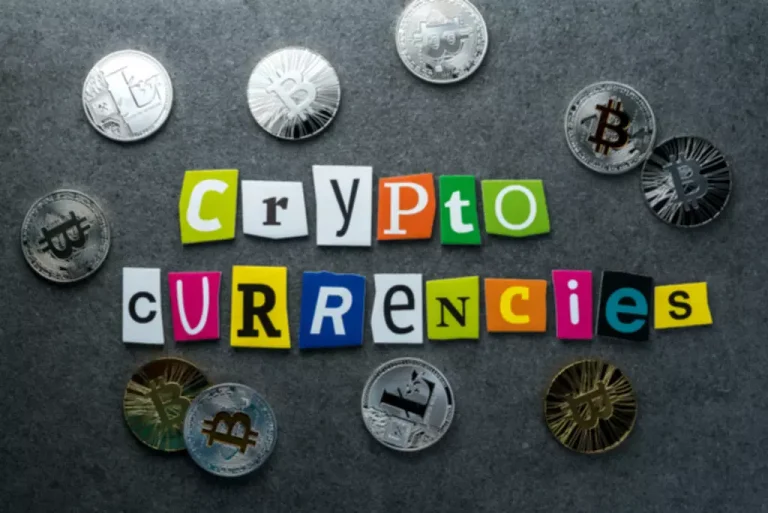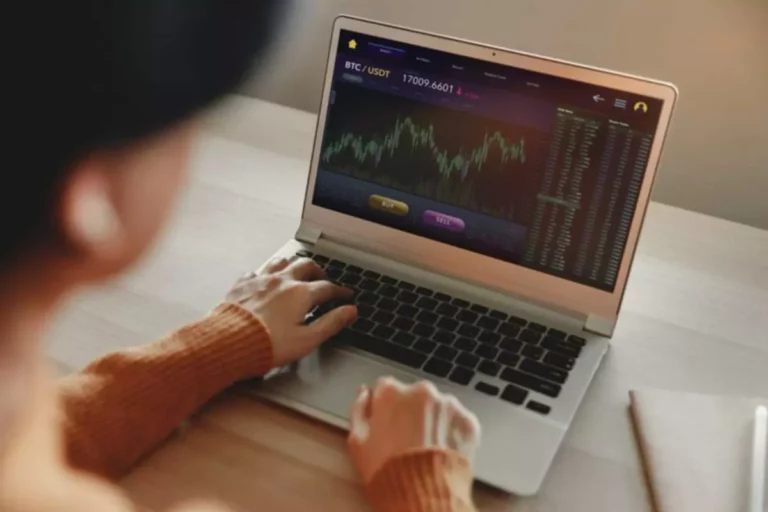The tokens can now not be used as a outcome of the personal keys to the cash are saved in an inaccessible wallet. The means of burning entails sending tokens to an invalid pockets address, the place they can’t be accessed. This is often accomplished by builders or miners to govern the availability of tokens and potentially increase their value. Intriguingly, some cryptocurrencies require the burning of one kind of cryptocurrency to amass new tokens on their community. For example, miners may must destroy Bitcoin to receive a special type of coin.
But the developer actually owns 25% of the four hundred million tokens nonetheless in circulation, which is obviously a much larger amount. The worth of the token does not essentially improve overnight when the burn takes place. Alternatively, investors might know a token burn goes to occur and “price it in” at an earlier level. Even so, in the long term, burning tokens are most likely to assist an asset’s value and is considered a constructive transfer. Proof-of-burn (PoB) is among the a quantity of consensus mechanisms blockchains use to ensure that all taking part nodes conform to the true and valid state of the blockchain network. A consensus mechanism is a set of protocols that use multiple validators to agree that a transaction is legitimate.
Cons Of Crypto Burning
Certain blockchains implement extra advanced PoB models, like burning native tokens in exchange for credits, which can be utilized for various activities on the blockchain. This often involves a continuous process of minting new cash whereas burning a portion of the existing provide. Burning crypto typically includes sending coins to an inaccessible or ‘dead’ pockets, where the personal keys are unknown or unattainable.

Coin burning refers back to the deliberate and permanent removal of a selected amount of a cryptocurrency’s tokens or cash from the whole provide. Furthermore, members in these ecosystems might benefit from lowered blockchain transaction fees, making their crypto experience even more cost-effective. Additionally, builders can create staking mechanisms where token burning will provide customers with higher earnings or other benefits.
Exploring Coin Burning In Several Contexts
In the case of burning crypto, nevertheless, cash are sent to a “burner” or “eater” tackle with no known private key. A coin burn fairly literally locks away digital assets and throws away the private key. “Burning” crypto means completely removing numerous tokens from circulation. Crypto burning is usually carried out by transferring the tokens in question to a burn handle, i.e. a wallet from which they can’t ever be retrieved. Cryptocurrency burning is the act of sending tokens to a pockets that can’t be accessed.
The decision to burn crypto may be written into a project’s whitepaper previous to launch, outlining full intent to nix fractions of its provide alongside the means in which. It may be put to a community vote, letting the decentralized autonomous group, or DAO, determine whether to burn or to not burn. This Article does not supply the purchase or sale of any financial devices or associated companies. The risk of generating a PoW block is determined by the computing power that was used. Similarly, the probability of discovering a PoB block is dependent upon the number of cash that have been consumed (burned). Simply put, the more coins burned, the higher the likelihood that the person will mine the next blocks.
The Financial Dynamics Of Coin Burning
With the continuous evolution of the crypto market, the longer term could witness extra progressive methods just like coin burning, shaping the market dynamics in new, unpredictable methods. Burning crypto is the intentional strategy of rendering a certain portion of a crypto coin or token’s provide completely unusable. This is achieved by sending the cash to a unique address from which they can’t burning crypto be withdrawn because of the absence of a identified private key. Although a coin burn has the potential to spice up the value of a selected cryptocurrency, it doesn’t guarantee a particular improve in price or that the price, if elevated, will not plummet thereafter.

For example, when Tether, the issuer of USDT, by accident “printed” 5 billion tokens, it instantly burned them. The content material printed on this web site isn’t aimed to offer any type of financial, investment, buying and selling, or some other type of recommendation. BitDegree.org does not endorse or suggest you to buy, sell or hold any kind of cryptocurrency. Before making monetary investment decisions, do consult your monetary advisor.
Practical Functions For Coin Burning
Such visibility can enhance the cryptocurrency’s profile, doubtlessly driving up demand and rising the token’s value. In some circumstances, initiatives use coin burning as a way to reward token holders, much like how dividends work. For instance, token holders concerned with a revenue-generating business, like a cryptocurrency trade, might obtain benefits through the mechanism of coin burning. This strategy serves as an different to conventional dividend payments, providing a unique approach to distribute worth to coin house owners.
- During the method of burning, the project’s group sometimes sends tokens to a burn address where they are now not accessible.
- Crypto burning is usually accomplished by transferring the tokens in query to a burn handle, i.e. a wallet from which they cannot ever be retrieved.
- The principle means that if the provision of a commodity decreases whereas demand stays unchanged, its value should increase.
- As part of the burning process, builders or the community behind a project transfer the cryptocurrency to an handle that’s inaccessible to anyone.
- Cryptocurrency projects sometimes promote new burning features to boost the value of their cash or tokens, however there isn’t any approach to assure burning impacts a cryptocurrency’s value.
This is a wallet that has a publicly obtainable steadiness on the blockchain. The level of coin burning is to manage the cryptocurrency’s complete supply in circulation. By decreasing the availability, it creates scarcity, a basic financial principle that can typically lead to a rise within the perceived value of the remaining coins. This change has the potential to impression the coin or token’s market worth, thereby making it more interesting to investors and merchants. Auto-burn is the automated process of burning cash utilized by certain cryptocurrencies. This auto-burn mechanism adjusts the variety of coins to be burned based mostly on particular factors, providing a more constant and systematic strategy to coin burning.
Burning has compelling use instances in Web3, but deleting cryptocurrencies has a number of drawbacks. From legal concerns to safety issues, traders must consider the pros and cons of burning cryptocurrency before trading in tasks counting on this mechanism or burning belongings themselves. To take part in a cryptocurrency burn, customers usually observe the directions provided by the project or platform internet hosting the burn occasion. This involves sending a specific amount of their tokens to a specified burn handle or interacting with a wise contact. Coin burning is pivotal in protecting networks from Distributed Denial-of-Service (DDoS) Attacks and the disturbances created by spam transactions.
By decreasing the entire supply of a coin, the hope is that the value of a specified digital asset will increase with market demand. Crypto burning is the process of removing cryptocurrency from the blockchain. This concept originated from traditional stock markets and is facilitated by good contracts. When tokens are burned, it may possibly increase the value of the asset and make it extra attractive to buyers.

Auto-burn helps preserve a balance between supply and demand and enhances transparency and predictability within the coin’s value. Rather than performing handbook, scheduled burns, the auto-burn system is programmed to destroy a predetermined quantity of tokens mechanically and is widely utilized in algorithmic stablecoins. Burning crypto has additionally developed as a low-energy method for blockchain projects to extend their safety and stability. When a project removes superfluous tokens from circulation, it reduces the chance of malicious actors having an extreme amount of management over the market, Machikhin said.
Imagine a situation the place the demand for a stablecoin increases, resulting in its value exceeding the intended greenback peg. Depending on the state of affairs, it’d mechanically create new tokens to lower the value, or conversely, burn tokens to extend the worth. Such adjustments are key to ensuring that the worth of the stablecoin remains constantly consistent with its established greenback peg, thus upholding its market stability. Moreover, publicity often performs a role within the worth impact of token burning. Significant burning events are typically community-oriented and are frequently organized by way of social media platforms. In some circumstances, individual investors may burn a lot of tokens and publicize the motion on social networks.
Coin burning in the context of the Proof-of-Burn (PoB) consensus algorithm is a major example of this class. In blockchain networks that undertake PoB, coin burning is a fundamental aspect of their protocol, functioning as a continuous course of important to the community’s operation. Moreover, on the protocol stage, coin burning also acts as a protective measure towards spam transactions. As previously mentioned, imposing a value on transactions helps prevent the community from being overwhelmed by fraudulent activities.
